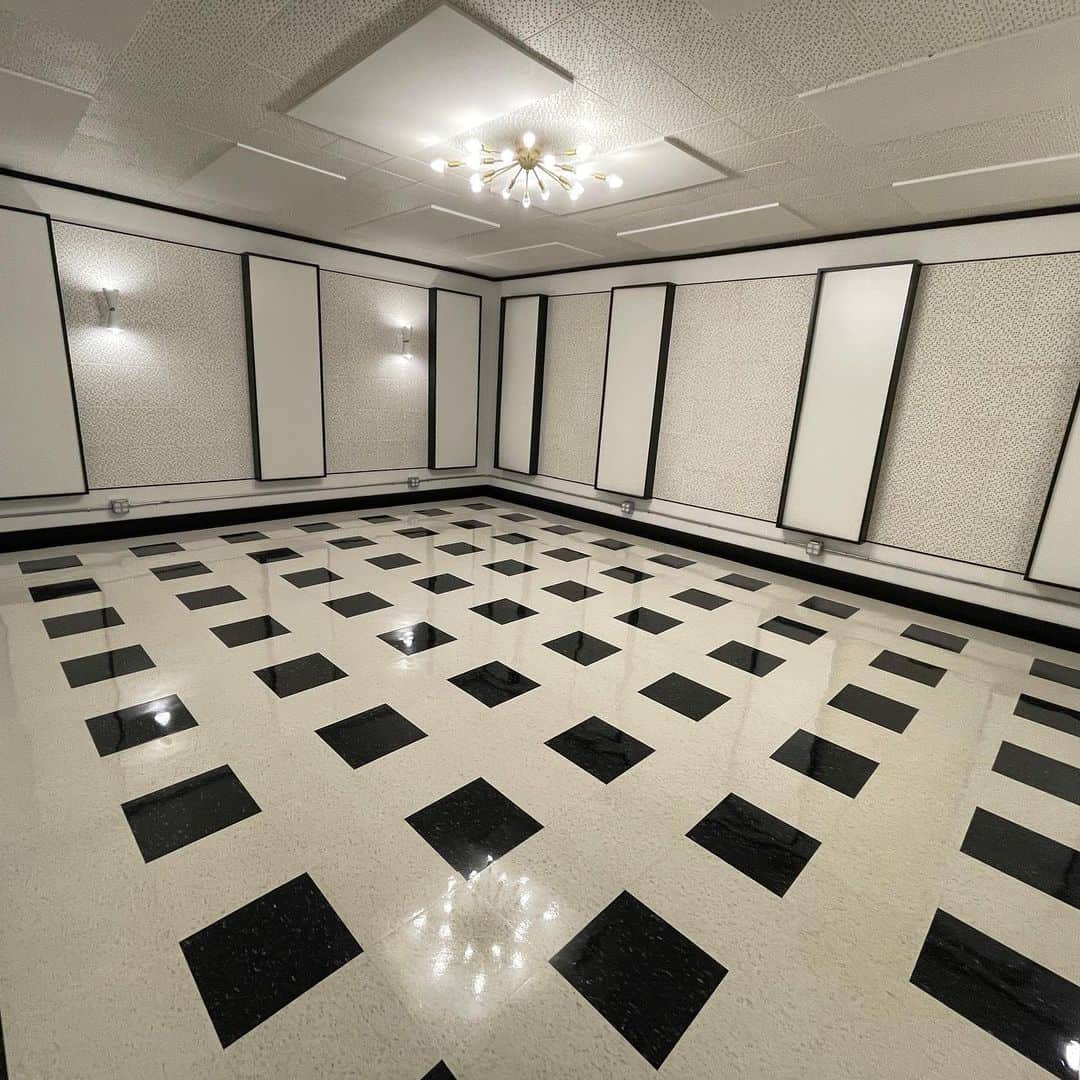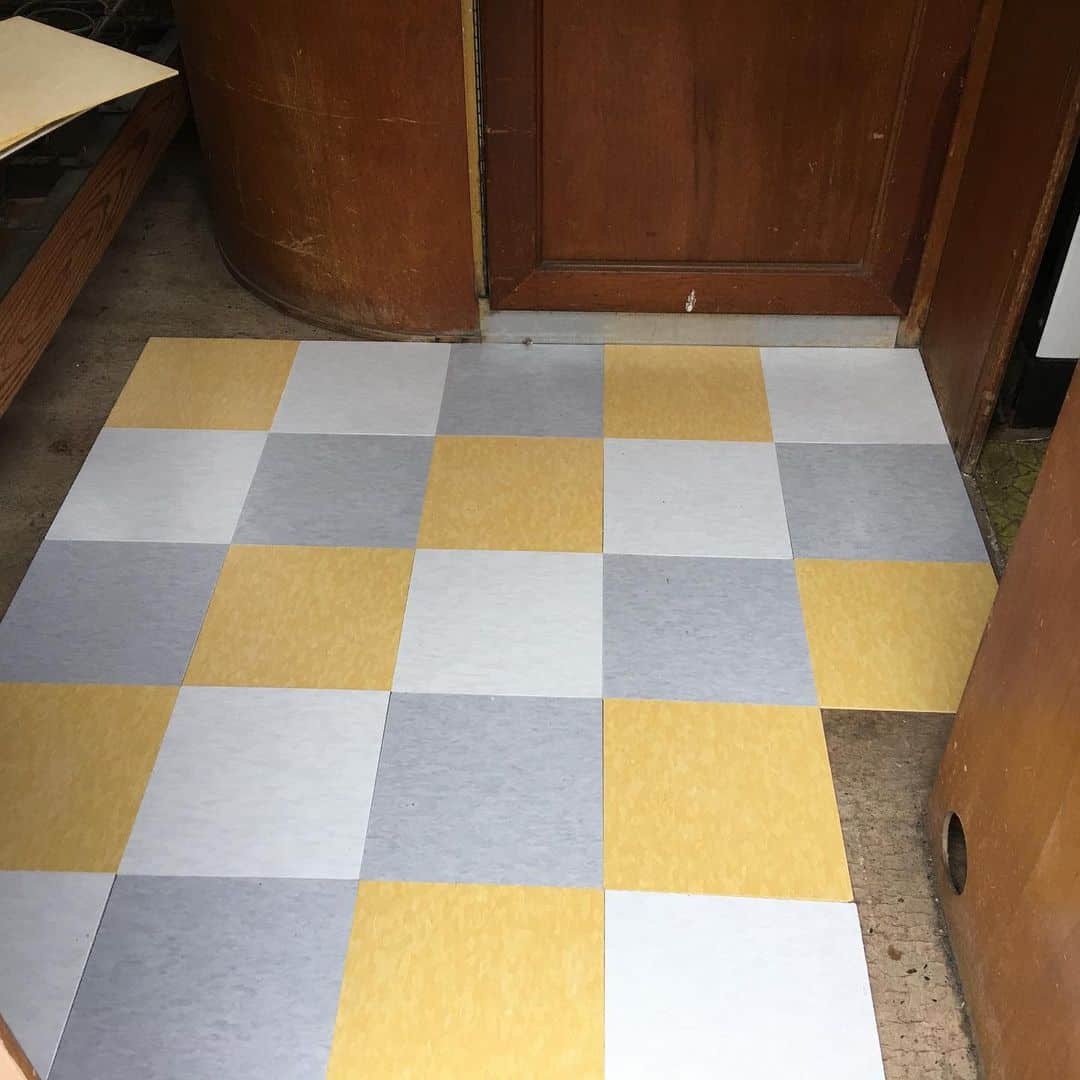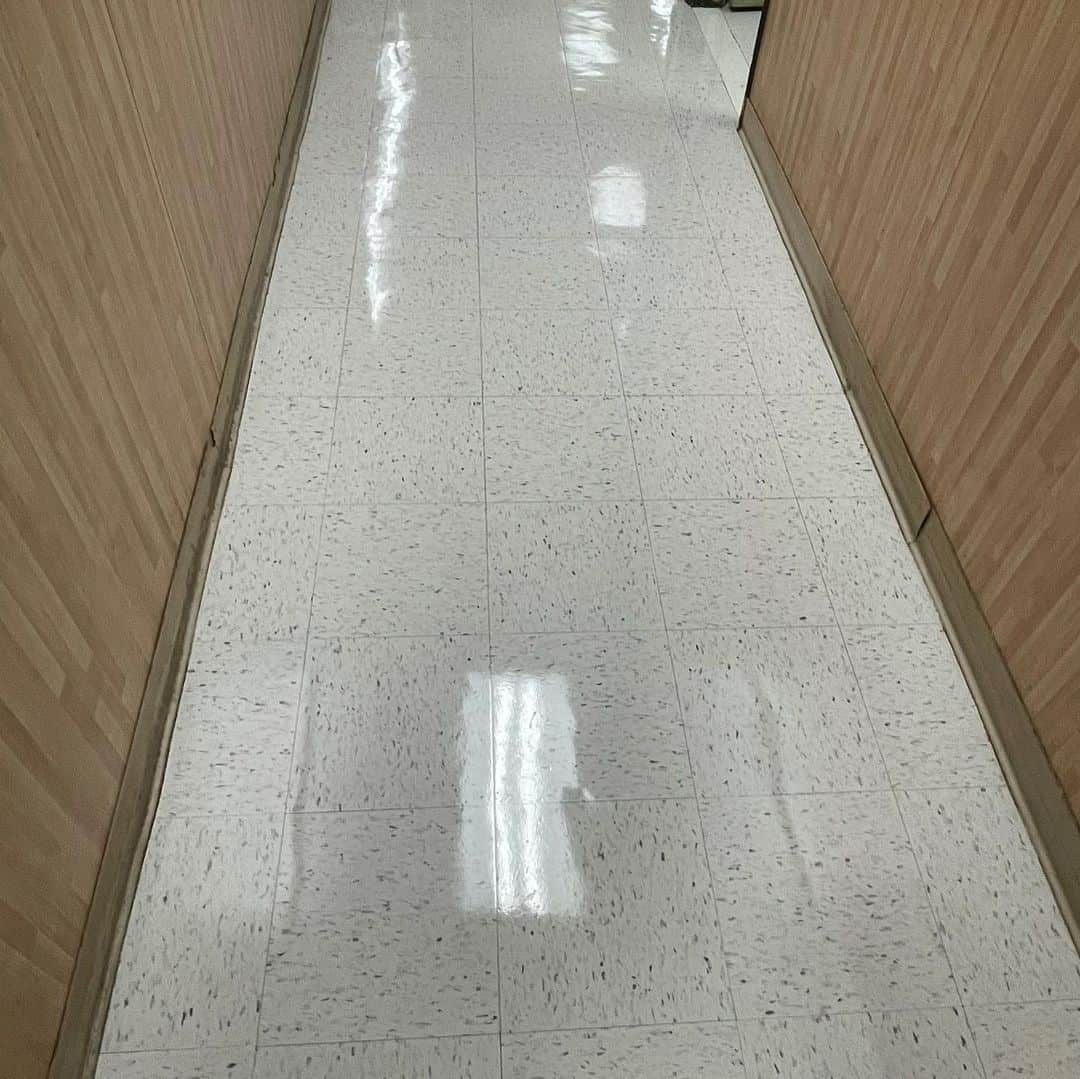VCT tile is an affordable, low-maintenance option that can give any room in your home or business a unique, stylish look. With its long-lasting durability, VCT tile is an excellent choice for anyone who wants to upgrade their floors without breaking the bank.
Its versatility allows you to customize your space with unique designs while maintaining a professional appearance. And because it’s so easy to clean, you won’t have to worry about dirt or dust buildup over time!
Read on now to learn more about what VCT tile is, why you should consider using it in your home or business, and the different types of VCT tile available.
Table of Contents
What Is VCT Tile?
VCT (vinyl composite tile) is a type of flooring material made from a composition of vinyl and other natural materials. It is made by heating and pressing the vinyl into a sheet, then layering it with other materials such as limestone, cork, or wood. This combination creates a durable, long-lasting tile perfect for heavy foot traffic areas.
It is one of the most popular flooring solutions for commercial spaces as it is durable, easy to clean, and relatively inexpensive. However, it is also gaining popularity in residential spaces due to its uniqueness and variety.

Benefits of VCT Tile
Vinyl tiling is a resilient, low-maintenance flooring solution that can benefit any home or business. Here are just a few advantages of vinyl flooring.
1. Durability
VCT tile is highly resistant to scratching, scuffs, and other damage. It’s also relatively easy to clean, making it an excellent choice for a high amount of foot traffic areas. The tile’s strong construction won’t wear down over time like some softer floors.
VCT tile is known for its resistance to wear and tear. It can stand up to heavy use and still look new after many years of wear. Being scratch and damage resistant, the tile has become a go-to option for busy households with pets and children.
2. Low-Maintenance Costs
VCT flooring requires minimal floor care to keep it looking like new. A simple damp mop is all that’s needed to keep your VCT tile clean and sparkling. Plus, most types of VCT tile come with a protective sealant that makes it even easier to keep clean.
A periodic scrubbing and recoating of the tile can also help maintain its shiny appearance and prolong its life. For an extra layer of protection, you can also consider using a specialized sealant polishing to protect against spills and stains.
3. Easy Installation
Setting up a VCT tile is easy and requires no special tools or expertise. The tiles come in 12” by 12” sheets, which can be cut to fit any size or shape you need. You can lay the tiles directly over an existing floor or use a self-leveling compound to create an even surface.
Installation is as easy as applying a mastic adhesive bond, laying each tile carefully, and then grouting the seams to finish.
4. Versatility
VCT tile is highly versatile, as it can cover various surfaces, including floors, walls, and ceilings. VCT tile is also available in various designs, colors, and patterns. This allows homeowners to customize their space with a unique look that matches their style.
VCT tile is also great for high-traffic areas like hallways, entryways, and bathrooms. The durable material is designed to withstand wear and tear – great for areas prone to dirt and debris.
5. Unique Designs

VCT tile comes in a variety of colors, textures, and patterns. This means you can create unique designs that will give any room in your home or business an individual look.
You can mix and match different types of VCT tile to create unique patterns and designs, making it easy to customize the look of your flooring.
6. Affordability
VCT tile is an affordable flooring option that can fit almost any budget. The cost of installation and materials are much lower than other flooring materials – a good option if you’re on a tight budget. The tiles are also easy to install, saving you even more money.
Disadvantages of VCT Tile
Despite its many advantages, there are a few disadvantages of having VCT tile.
1. Cost
Though VCT tile is relatively inexpensive compared to other flooring materials, it can still be costly depending on the size and quality of the tiles you choose. Also, since VCT is made from vinyl, it does not last as long as more expensive alternatives such as luxury vinyl tile (LVT) and waxed hardwoods.
2. Maintenance
Although minimum VCT tile also requires regular maintenance, such as waxing and buffing, due to its vinyl composition. Waxing and buffing help protect the tile from dirt and wear, but they must be done regularly for VCT to remain in good condition.
3. Noise
VCT tile is a relatively hard surface, meaning it can be quite noisy when walked on. This can be an annoyance if you live in an area with thin walls and floors or if your house has multiple levels. To minimize noise, consider using area rugs and mats or installing sound-dampening materials such as cork and rubber underneath the tile.
How to Install VCT Tile?
Installing VCT tiles can be a relatively straightforward job for the DIY enthusiast, but it does require some preparation and patience. Before starting the installation, ensure that the area where you are installing the tile is clean and free of debris.
Step 1: Measure Accurately
The first step in the installation process is to measure the area where you plan to install the tile. This includes measuring the area’s length and width and determining how many tiles will be needed.
Measure carefully and accurately to ensure you have the right tile for your space. Remember to account for any cuts or waste due to special conditions, like doorways and closets.
Step 2: Prepare the Subfloor
Make sure the subfloor is clean and level before you begin to install your tile. Any imperfections or dirt can affect the look of the end product. To prepare the subfloor, sweep and vacuum it to remove any debris. Scrape off peeling paint or wallpaper and level out any high or low spots with a patching compound.
Use a stripping solution to have the surface clean and ready for tiling. It makes it easier to apply the adhesive and helps ensure the tiles adhere securely.
Step 3: Apply Adhesive
Once the subfloor is prepped, you can begin applying adhesive to it. Use a notched trowel to spread the adhesive evenly over your subfloor. Ensure you cover an area no larger than what you can tile in 15-20 minutes.
For most residential installations, a permanent adhesive is recommended. This type of adhesive will withstand minor shifts in the subfloor due to temperature or humidity changes.
Step 4: Lay Down the Tile
Start in one corner and lay down the tile, pressing it firmly into place to make sure it adheres. As you’re laying the tile, use spacers between each tile to ensure even spacing and a uniform look.
Once you’ve laid down all the tiles, use grout to fill in any gaps between them. Make sure to use grout appropriate for the type of tiles you have. This will protect the tiles and keep them looking new for years to come.
Step 5: Finish Up
After grouting, it’s time to clean up the tiles. Use a damp sponge and warm water to remove any excess grout from the surface of the tiles. Once it’s dry, apply a sealer to protect the tile from spills.
With these steps, you’ll be well on your way to installing your own VCT tile. Installing VCT tiles may seem daunting at first, but with the proper preparation and attention to detail, you’ll be able to achieve beautiful results.
Tips for Installing and Maintaining VCT Tile

Installing a VCT tile is a relatively simple process. Here are some tips to make sure your installation goes smoothly:
- Use a stripping solution to remove any dirt or debris from the surface you are installing on.
- Make sure all tiles have the same thickness to ensure evenness when laying them.
- Apply the adhesives in a crosshatch pattern for better coverage and stability.
- Use a rubber float to grout the seams between each tile.
Maintaining the VCT tile is also essential to keep it looking its best. Here are some tips for maintaining your VCT tile:
- Regularly vacuum or sweep the floor to remove dirt and debris.
- Clean the tile with a mild detergent and a damp mop.
- Wax the tile every six months to protect it from dirt and wear.
- Buff the tile with a soft cloth to keep it looking shiny and new.
Final Thoughts
Floors make up a large part of the overall design of any interior space. VCT tile is an excellent flooring option that is both durable and affordable. With proper care and maintenance, VCT tile can last many years and remain in tip-top condition.
Whether installing VCT tile for the first time or just looking to refresh an existing floor, following these steps will ensure that you end up with beautiful flooring that you can enjoy for years to come.
What flooring ideas do you have in mind? We’d love to hear your thoughts! Share them with us in the comments below.